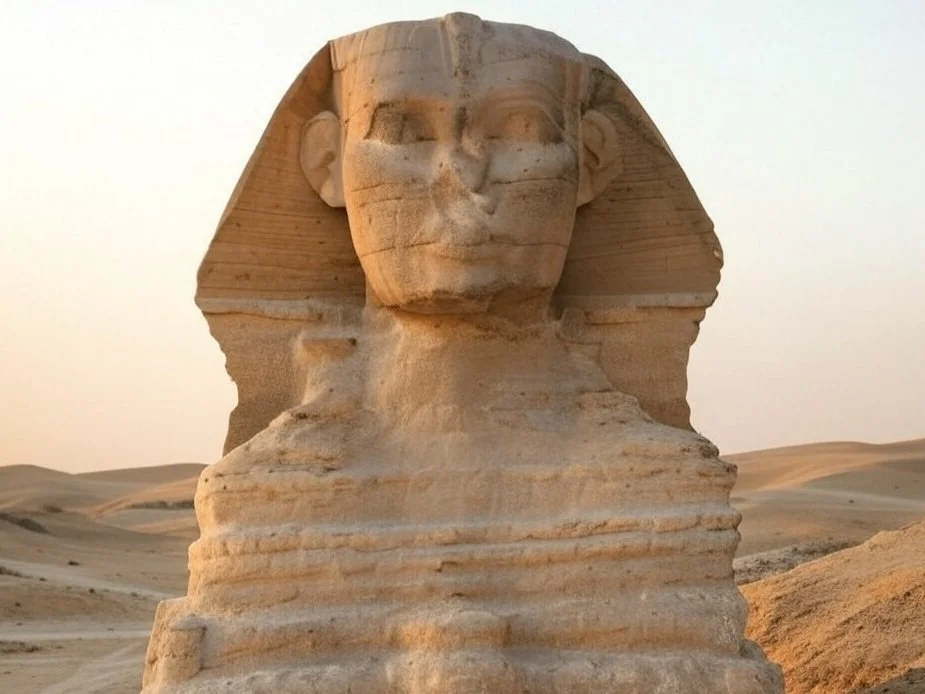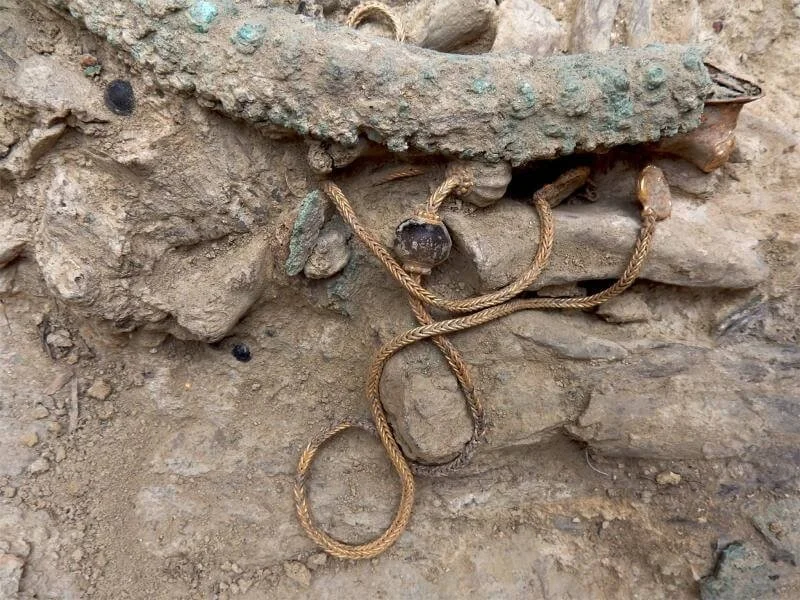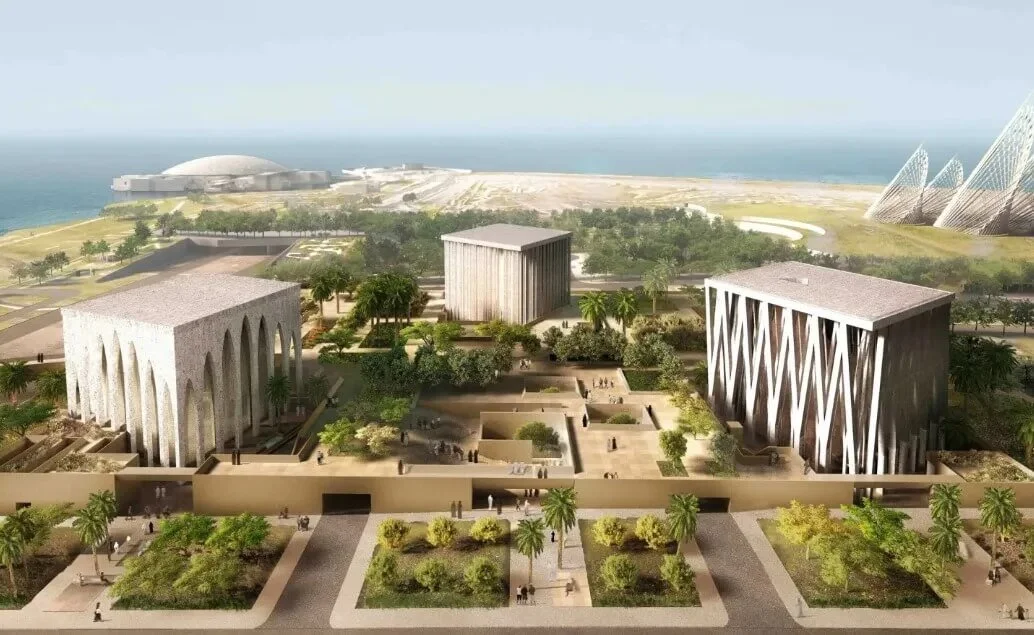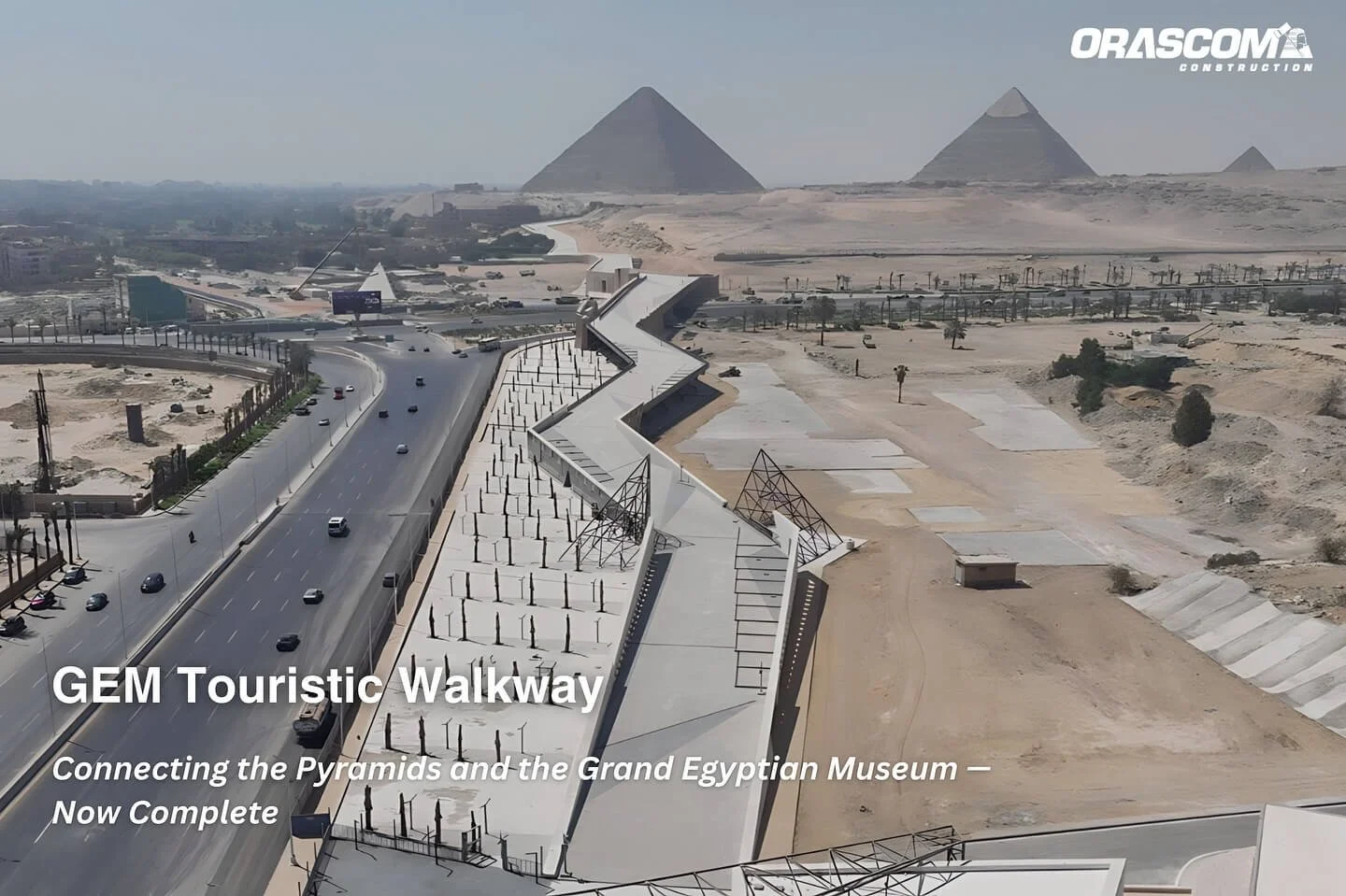The Great Sphinx of Giza, one of the most iconic monuments of ancient Egypt, has long been a subject of fascination and mystery. While its origins and purpose are widely debated, another controversy surrounds the erosion patterns on its surface. Geologists, Egyptologists, and alternative theorists have proposed different explanations for these patterns, leading to a lively and ongoing debate. This exploration delves into the arguments surrounding the erosion of the Great Sphinx, presenting a balanced view of the competing theories.
The Great Sphinx: An Overview
The Great Sphinx is a colossal limestone statue with the body of a lion and the head of a human, believed to represent the pharaoh Khafre. It is generally dated to the Old Kingdom period, around 2500 BCE, during the reign of Khafre. However, the erosion patterns on the Sphinx have raised questions about its age and the environmental conditions it has endured.
The Erosion Patterns
The Sphinx exhibits distinct vertical and horizontal erosion patterns, particularly on its body and the walls of the enclosure in which it sits. These patterns have been interpreted in different ways, leading to two primary theories: water erosion and wind/sand erosion.
The Water Erosion Theory
Proponents of the water erosion theory argue that the Sphinx’s erosion patterns were caused by prolonged exposure to heavy rainfall, suggesting that the monument is much older than traditionally believed.
Key Arguments:
Geological Evidence:
Geologist Robert Schoch, a leading proponent of this theory, argues that the vertical and undulating erosion patterns are consistent with water erosion, not wind or sand.
Schoch suggests that such erosion would require a climate significantly wetter than that of Egypt over the past 5,000 years, pointing to a possible date of 7000–5000 BCE.
Climate History:
During the early Holocene period (around 10,000–5000 BCE), the Sahara was a much wetter region, with lakes and vegetation. This supports the idea that the Sphinx could have been exposed to heavy rainfall.
Alternative Chronology:
If the Sphinx is older than 2500 BCE, it challenges the conventional timeline of Egyptian civilization and suggests the existence of an earlier, advanced culture.
Criticism:
Egyptologists argue that there is no archaeological evidence to support the existence of a civilization capable of building the Sphinx before 2500 BCE.
The water erosion theory does not account for the Sphinx’s stylistic and iconographic similarities to Old Kingdom art.
The Wind and Sand Erosion Theory
The mainstream view among Egyptologists is that the Sphinx’s erosion patterns are the result of wind and sand over millennia, consistent with the arid climate of Egypt.
Key Arguments:
Geological Evidence:
Geologists like James Harrell argue that the erosion patterns can be explained by the natural weathering of limestone in a desert environment.
Windblown sand and occasional rain (even in arid climates) can create similar erosion features.
Historical Context:
The Sphinx has been periodically buried by sand over the centuries, which would have protected it from wind erosion. When exposed, it would have been subject to sandblasting and minor rainfall.
Archaeological Evidence:
The Sphinx is stylistically consistent with Old Kingdom art, particularly the reign of Khafre. The nearby Sphinx Temple and Valley Temple further support this dating.
Criticism:
Critics of this theory argue that wind and sand erosion typically create horizontal, not vertical, patterns. They also question why other structures from the same period do not show similar erosion.
Alternative Theories
In addition to the water and wind/sand erosion theories, some alternative theorists propose other explanations for the Sphinx’s erosion patterns.
Flooding from the Nile:
Some suggest that the Sphinx was eroded by Nile floods, but this is unlikely given its elevated location on the Giza plateau.
Ancient Catastrophes:
A few theorists propose that the erosion was caused by a catastrophic event, such as a comet impact or massive flooding, but there is little evidence to support this.
Balancing the Debate
The debate over the Sphinx’s erosion patterns highlights the challenges of interpreting geological and archaeological evidence. While the water erosion theory raises intriguing questions about the Sphinx’s age and the history of the Sahara, the wind and sand erosion theory remains the most widely accepted explanation among mainstream scholars.
Strengths of the Water Erosion Theory:
It offers a plausible explanation for the vertical erosion patterns.
It aligns with evidence of a wetter climate in the Sahara during the early Holocene.
Strengths of the Wind and Sand Erosion Theory:
It is consistent with the known climate and environmental conditions of Egypt over the past 5,000 years.
It aligns with the archaeological and stylistic evidence linking the Sphinx to the Old Kingdom.
Conclusion: A Monument Shrouded in Mystery
The Great Sphinx of Giza continues to captivate and challenge researchers, its erosion patterns serving as a reminder of the complexities of interpreting ancient monuments. While the debate over its age and the causes of its erosion is unlikely to be resolved soon, it underscores the importance of interdisciplinary collaboration between geologists, Egyptologists, and historians. Whether shaped by rain or sand, the Sphinx remains a testament to the ingenuity and endurance of ancient Egyptian civilization—and a symbol of the enduring mysteries of our past.







